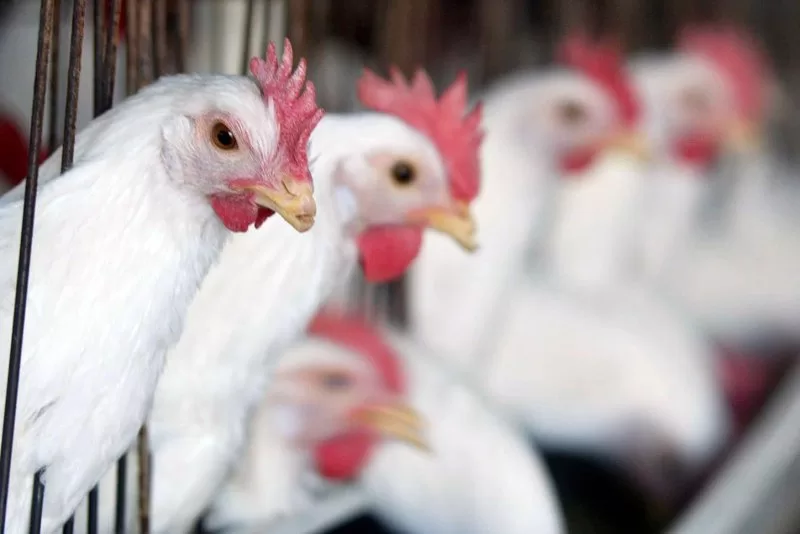Chick-fil-A has announced it will no longer serve only antibiotic-free chicken. (UPI Photo/Ismael Mohamad) |
License PhotoMarch 24 (UPI) — Long known for serving naturally raised chicken, Chick-fil-A has announced it will stop serving only antibiotic-free chicken beginning this spring, the company said. It joins several other well known restaurants and producers to make the move, citing supply chain problems.
“To maintain supply of the high-quality chicken you expect from us, Chick-fil-A will shift from No Antibiotics Ever (NAE) to No Antibiotics Important To Human Medicine (NAIHM) starting in the Spring of 2024,” the company’s announcement read.
NAE means no antibiotics of any kind were used in the raising of the animal, while NAIHM “restricts the use of those antibiotics that are important to human medicine and commonly used to treat people, and allows use of animal antibiotics only if the animal and those around it were to become sick,” according to the Chick-fil-A website,
Chick-fil-A switched to antibiotic-free chicken in 2014, eventually meeting its goal of serving antibiotic-free chicken at all of its chain restaurants in 2019.
“As we looked to the future, the availability of high-quality chicken that meets our rigid standards became a concern. This change enables us to not only ensure we can continue to serve high-quality chicken, but also chicken that still meets the expectations our customers count on us to deliver,” Chick-fil-A said, adding in its statement that the quality of its products would not suffer and would continue to serve chicken containing no added hormones.
Panera Bread recently switched its antibiotic-free policy in its pork and turkey products, and Tyson Foods announced last summer that it was also reintroducing limited antibiotics to its chicken supply chain, having previously gone antibiotic-free in 2017. Both cited supply chain issues.

